The largest living structure on earth, the Great Barrier Reef, is being "fried" by a huge coral bleaching event, scientists say.
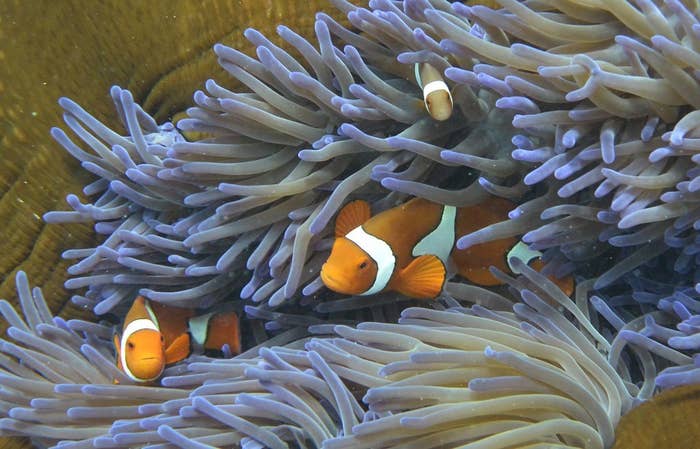
Professor Terry Hughes, the convener of Australia's National Coral Bleaching Taskforce (NCBT), described his most recent expedition to the reef as the "saddest research trip of my life" after he discovered the extent of the bleaching.
"Almost without exception, every reef we flew across showed consistently high levels of bleaching, from the reef slope right up onto the top of the reef," he said. "We flew for 4000km in the most pristine parts of the Great Barrier Reef and saw only four reefs that had no bleaching. The severity is much greater than in earlier bleaching events in 2002 or 1998."
The Great Barrier Reef stretches for 2300km along Australia's northeastern coast and is home to 600 different types of coral and thousands of species of other sea life.
Coral bleaching occurs when abnormal water conditions, such as rising temperatures, expel tiny photosynthetic algae called zooxanthellae, turning the coral white.
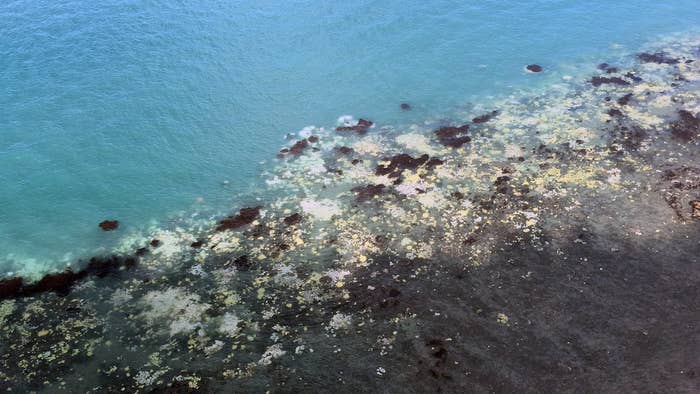
Hughes says the full extent of the bleaching phenomenon is not yet known.
"We haven't yet found the southern limit of the bleaching," he said in a statement on Tuesday. "We'll be conducting further aerial surveys this week in the central Great Barrier Reef to identify where it stops. Thankfully, the southern reef has dodged a bullet due to cloudy weather that cooled the water temperatures down."
Parts of the reef have been "fried", Hughes told AAP.
"This is an ongoing, slow-motion train wreck. ... I hope these scientific findings will convince the Commonwealth government to link its greenhouse gas policies to the vulnerability of the reef to climate change."
In June 2015, the reef narrowly avoided being listed as "in danger" by Unesco after a frantic 18-month effort to save the reef.
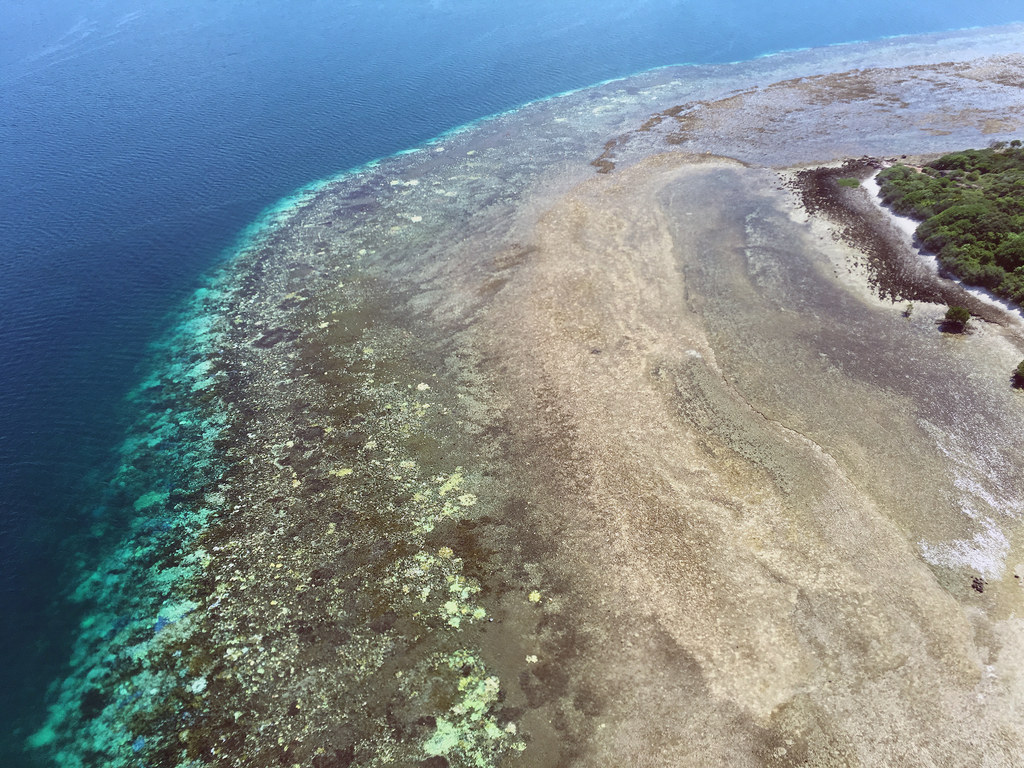
An "in danger" rating would have devastated Queensland's $5.4 billion tourism industry, and the Australian government has been forced to step up its efforts to save the reef. It will report back to Unesco later this year as it attempts to show that it has a plan to save the reef by 2019.
Just last week, Australia's environment minister, Greg Hunt, announced more funding for coral bleaching research on the reef, and he has contradicted suggestions that this bleaching event is the worst ever.
"The Great Barrier Reef Marine Park Authority advises that the overall impact appears to be not as widespread as 1998 or 2002, but that in the northerly section there are parts that will have more severe effects than previously recorded," a spokesman for Hunt said on Tuesday.
"We are continuing to monitor the current bleaching event through a combination of community and industry partnerships, rigorous science and advanced technology.
"Eleven sites across four reefs (Heron, One Tree, Wilson, Wreck) in the southern section of the Reef were surveyed in recent days. The reefs appeared to be in good condition with less than 1% coral bleaching observed across all sites.
"The Australian government will support additional survey work through the provision of a suitable vessel and costs associated with data analysis and interpretation."
James Kerry, project manager of the NCBT, said the current bleaching event is like nothing seen before.
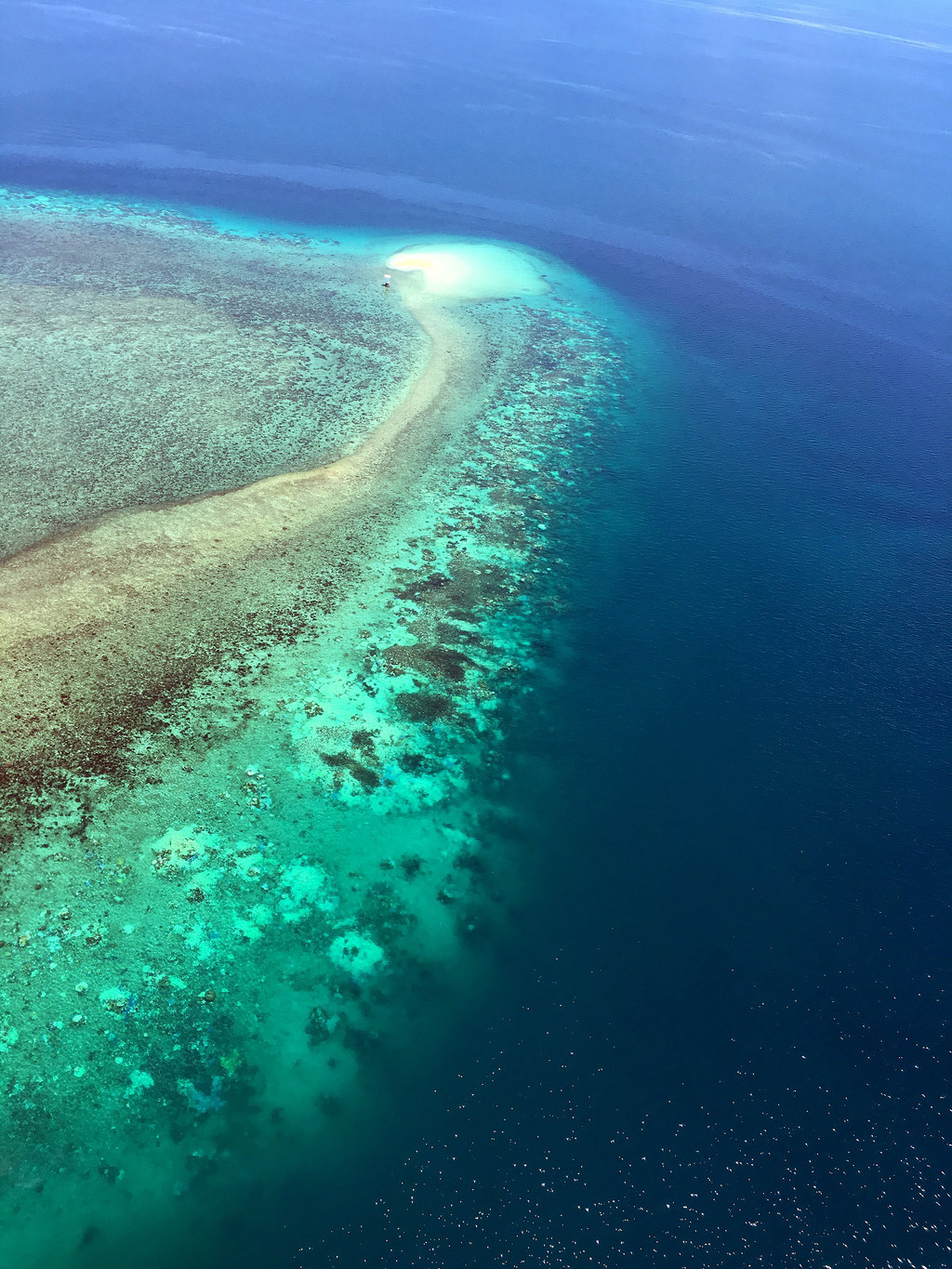
"We could see extensive bleaching even among the most robust 'massive' corals," Kerry said. "The fact that these hardy species have also turned white shows just how severe summer conditions have become on the northern Great Barrier Reef.
"Residents we spoke to in Cape York [the northernmost point of Australia] were shocked by what they are seeing, telling us that they had never experienced anything like this before."
Dr Russell Reichelt, chair of the Great Barrier Reef Marine Park, said the recent coral bleaching can be attributed to a particularly hot Australian summer.
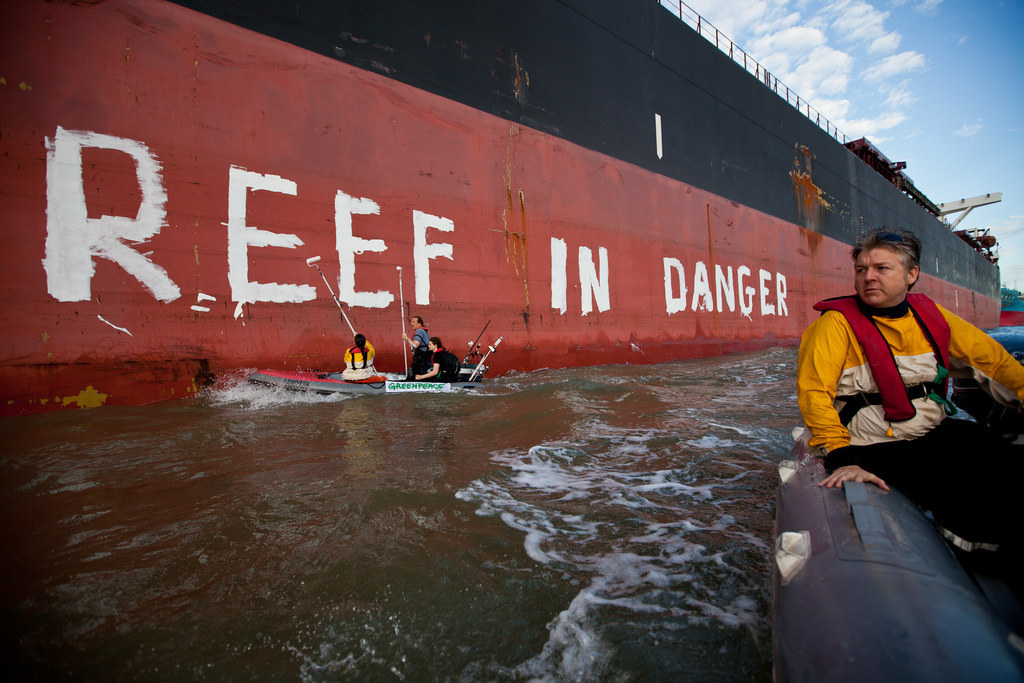
"This is the result of sea surface temperatures climbing as high as 33ºC during February," he said. "In the far north, the surveys found severe bleaching on inshore reefs, along with moderate bleaching on mid-shelf reefs.
"Further south in the Marine Park, mid-shelf and outer reefs that were surveyed are generally displaying minor to moderate bleaching, some of which is typical for this time of year."
"At this stage, coral mortality also remains low and has only been detected on a small number of reefs."
Similar coral bleaching events are also affecting Hawaii and parts of the Carribbean.
Professor Hughes has been contacted for further comment.
